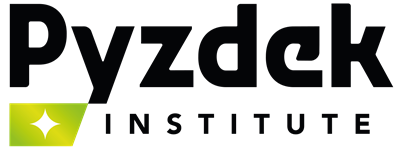Your cart is currently empty!
Free Webinar – 11 Ways to Sink Your Six Sigma Project, Part. 2
No matter what your knowledge of Lean Six Sigma, come join us in a one hour lively discussion on “11 ways to Sink Your Six Sigma Project.” Master Black Belt Peter Bersbach will give an overview of each way, then open the session to a discussion on how to avoid that particular failure mode. No ideas are wrong, but we will learn different approaches we might use to avoid each of the 11 ways and have a very successful project.
Topics
- Poor Project Selection
- Defining Defects
- Training Variation
- Statistical Training
- Shoddy Certifications
- High Attrition Rates
- Relying on GEMBA
- Tool Application
- Sustaining Results
- Estimating Benefits
- Six Sigma or Lean

Leave a Reply